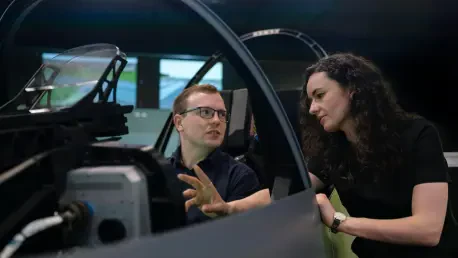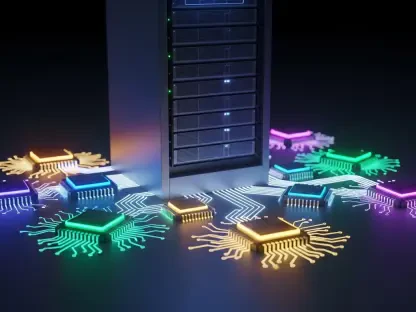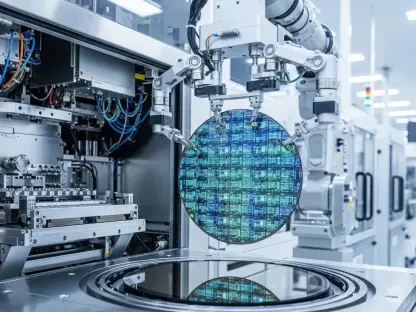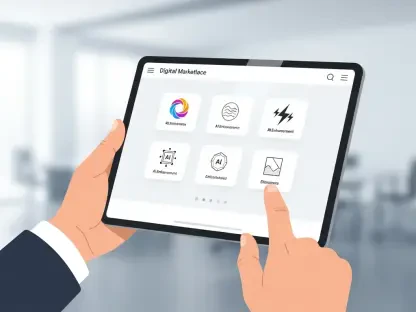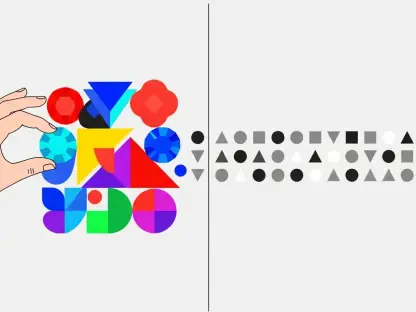In recent years, the development of robotic systems capable of performing complex tasks in diverse environments has been a critical focus of research. However, traditional methods of training robots using human demonstrations can be labor-intensive and limited in scope. Enter PhysicsGen, an innovative simulation-driven approach developed by MIT’s Computer Science and Artificial Intelligence Laboratory (CSAIL) and the Robotics and AI Institute. This breakthrough aims to overcome the challenges robots face in learning new skills by generating extensive, high-quality training data that enable dexterous operations in settings like homes and factories.
Introducing PhysicsGen and the Challenge of Robotic Training
PhysicsGen addresses the formidable challenge of efficiently training robots to execute intricate tasks without the need for specialized human input for each machine. Customizing robot training data to enhance task execution involves generating simulations that can substitute labor-intensive human demonstrations. Through this approach, PhysicsGen facilitates more accessible and efficient robot training data generation, potentially paving the way for the development of foundation models that guide robots across various tasks. The ability to transform limited VR demonstrations into thousands of robust simulations marks a significant leap in enabling robots to adapt and refine their operations autonomously.
The Context and Significance of Robotics Research Development
As robotic systems become increasingly integral to everyday activities, tailoring their training data is essential for improving their utility and reliability. PhysicsGen’s integration into these systems allows for more nuanced and dynamic performance across varying tasks, ensuring better adaptability. The importance of such research lies in its broader implications for society, where enhanced robotic capabilities can lead to improved productivity and safety in industries ranging from manufacturing to home assistance. Moreover, this advancement fosters a shift toward scalable data generation methods that empower a wider array of machines, facilitating more versatile robot applications across industries.
Research Methodology, Findings, and Implications
Methodology
The development of PhysicsGen was underpinned by a method that leveraged imitation-guided data generation techniques in combination with robot motion planning algorithms. By using human demonstrations as foundational inputs, PhysicsGen enhances robotic task performance through efficient movements. The methodology involves converting 24 initial human demonstrations into thousands of high-precision simulations. This process not only simplifies the motion planning challenges faced by robots but also enriches the training data available to them, making the adoption of new tasks significantly more achievable.
Findings
The findings from the implementation of PhysicsGen highlight its potential to transform robotic task performance. Robots trained through this method have shown remarkable improvement in executing tasks with accuracy and precision. A key discovery is the system’s ability to enhance robotic collaboration in both virtual and real-world scenarios. Experiments involving robotic arms demonstrate the effectiveness of the system, with robots managing to reorient objects and navigate deviations mid-task by consulting their extensive simulation-generated data repository.
Implications
The practical implications of the findings are far-reaching. PhysicsGen allows for improved problem-solving capabilities by offering a variety of trajectories for task execution, ultimately boosting the robustness of robotic operations. Theoretical implications include the possibility of extending this technology to more complex tasks, potentially including operations with soft and deformable objects. At a societal level, this innovation stands to enable more efficient production processes and safer human-robot interactions in various settings.
Reflection and Future Directions
Reflection
Reflecting on the process and findings, the success of PhysicsGen lies in its ability to bypass the limitations of traditional data collection methods. Despite challenges in ensuring dynamic adaptability in simulations, these were mitigated through advanced motion planning algorithms. The research also points to areas where further enhancements are possible, especially in broadening the scope of tasks that robots can learn autonomously beyond those demonstrated by humans directly.
Future Directions
Looking ahead, future research could explore the integration of unstructured resources such as internet videos to seed simulations, expanding the range of instructional data available for robotic training. Additional research could focus on incorporating reinforcement learning to diversify the dataset and enhance adaptability. Moreover, adapting the PhysicsGen pipeline to accommodate robots of various shapes and configurations will further bolster versatility, enabling more innovative robotic applications across new industries and tasks.
Concluding Perspective
PhysicsGen has become a pivotal force in revolutionizing how robots learn and perform tasks, showcasing substantial improvements in efficiency and accuracy. This innovation in simulation-driven training not only boosts the future potential for foundation models in robotics but also signifies a move toward more autonomous, scalable training methods. Continued exploration and development of such systems are poised to push the boundaries of what robots can achieve, opening new avenues for enhanced capabilities and seamless human-robot collaboration in diverse environments.
